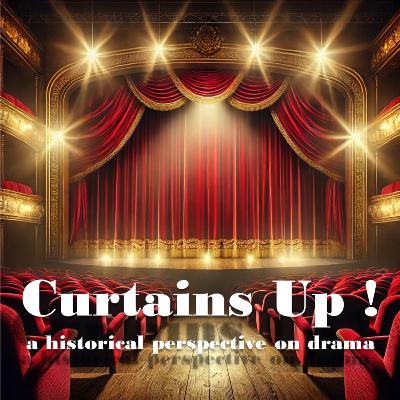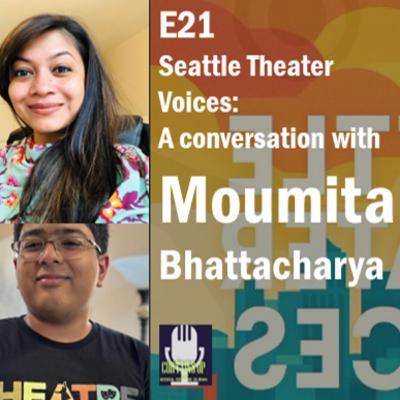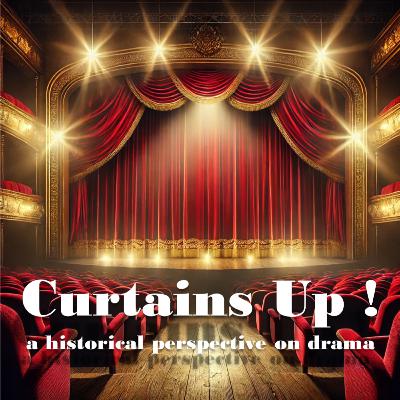Ep 18: Samurai, Shadows, and Stagecraft : The Worlds of Noh and Kabuki
Update: 2025-09-01
Description
"The emotions are raw, the stakes are high."In this episode, Rohan delves into the rich tapestry of Japan's theatrical traditions, focusing on Noh, Kabuki, and Bunraku. Each form of theater offers a unique perspective on culture, emotion, and storytelling, showcasing the evolution of performance art in Japan from the Edo period to the present day. The discussion highlights the distinct characteristics of each style, their historical significance, and their emotional impact on audiences.takeaways
- Kabuki is known for its boldness and scandalous themes.
- Noh Theatre emphasizes atmosphere over action.
- Bunraku puppetry can evoke deep emotional responses.
- The Edo period was a time of cultural explosion in Japan.
- Noh performances often explore themes of ghosts and spirits.
- Kabuki performances are characterized by elaborate costumes and makeup.
- Bunraku requires extensive training for puppeteers.
- Kabuki actors are often seen as celebrities in their own right.
- The stories told in these theaters reflect historical and cultural values.
- Each theatrical form offers a unique lens into human experience.
- "Watching Noh is like walking through a dream."
- "Kabuki isn't just theater, it's an event."
Comments
In Channel












